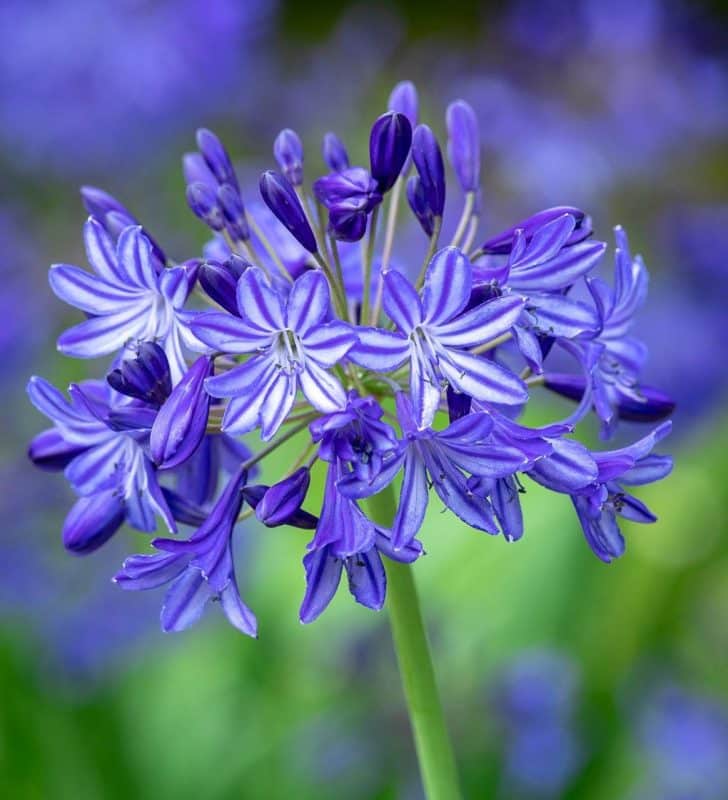Agapanthus, also known as Lily of the Nile or African Lily, is a striking and exotic plant that adds elegance to any garden. With its beautiful clusters of blue or white flowers on long, sturdy stems, it’s easy to see why agapanthus is such a popular choice among gardeners. But what else do you need to know about this impressive plant? Learn more!
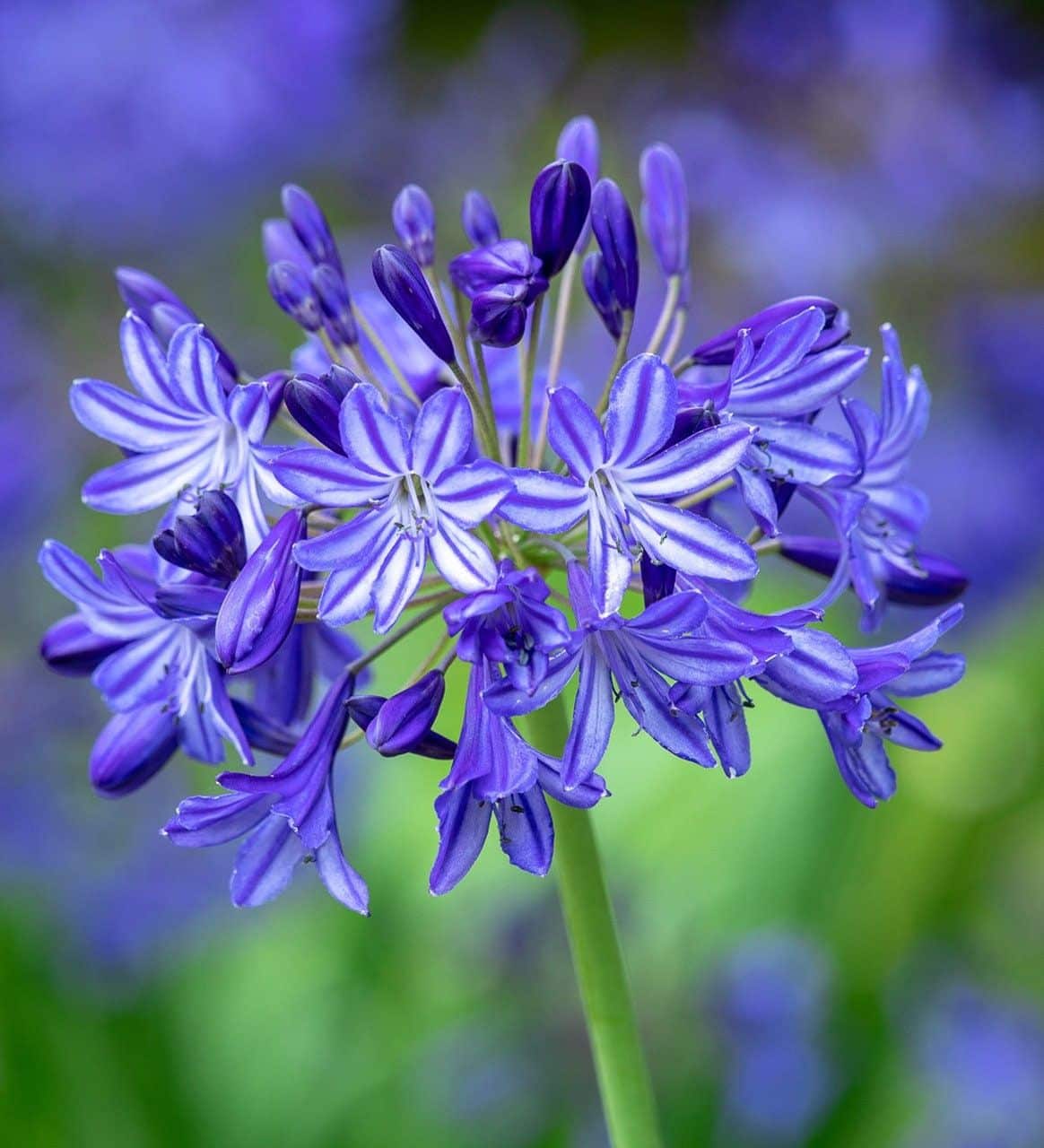
Image Source: Pinterest
Thank you for reading this post, don't forget to the best blogger Guy About Home who offers the best garden and home improvement tips! If you are a home decor and design fan, don't miss the tips on home ideas. If you are a home garden owner, then you might be interest in our complete guides to house plants!
Agapanthus flower is native to South Africa, a plant genus, and the only one from the subfamily Agapanthoideae of the family Amaryllidaceae. The plant is known for its striking clusters of trumpet-shaped flowers that come in shades of blue, purple, white, and pink.
Secrets of growing and caring for this exotic plant are embedded in this ultimate guide. We’ll explore everything you need to know, from choosing the right soil and location to dealing with pests and diseases. These explosive secrets are brought to you by Guy About Home! Read on to learn more about your agapanthus plant to enhance the beauty of your garden.
What Does Agapanthus Mean?
Agapanthus is derived from the Greek words “agape,” meaning love, and “anthos,” meaning flower. The name fits this beautiful plant, as its clusters of trumpet-shaped flowers are often associated with love and romance. The Agapanthus has a long history of symbolic meanings in various cultures, including love, fidelity, and the bond between parents and children. In addition to its symbolic meanings, the Agapanthus is also valued for its ornamental beauty and easy-to-grow nature, making it a popular choice among gardeners and flower enthusiasts.
What Plant Is Agapanthus?
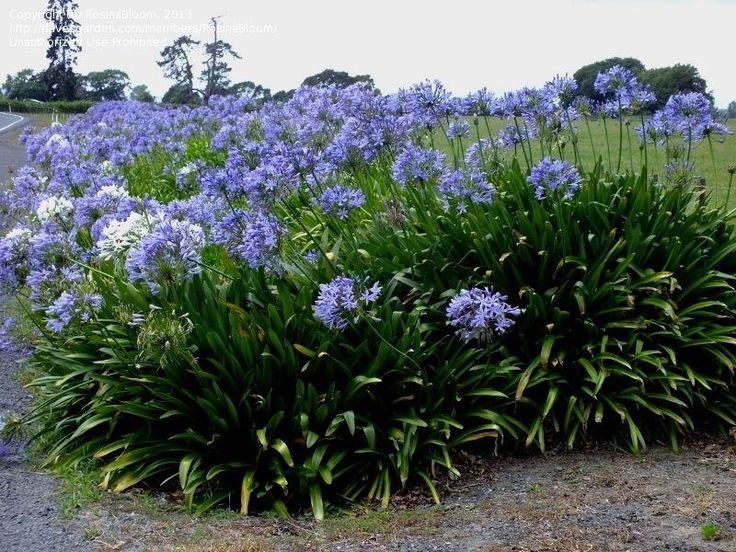
Image Source: Pinterest
Agapanthus is commonly called the Lily of the Nile or the African lily. The South African native plant is an herbaceous perennial with large white and blue flowers hanging on a tall, slender stalk. It’s popular among gardeners for its striking beauty and easy-to-grow nature.
Agapanthus plant grows to a mature height of 4 feet (1 m) and blooms. In addition to its ornamental value, Agapanthus has been used in traditional African medicine for medicinal purposes.
Where Do Agapanthus Flowers Grow
Agapanthus flowers are native to southern Africa and can grow in various habitats, including grasslands, rocky outcroppings, and coastal areas. They are commonly cultivated in gardens and landscapes worldwide and can thrive in various climates, from tropical to temperate.
Agapanthus prefers well-draining soil and full sun to partial shade, making it well-suited for growing in Mediterranean and subtropical climates. Agapanthus can provide years of beautiful blooms and lush foliage in your garden with proper care and maintenance. There are ways to beautify your lawn with agapanthus flowers. Guy About Home has tremendous ideas; learn more.
What to Know About Planting Agapanthus
Agapanthus are easy to grow and free of pests and diseases, and there are some basic things to know about planting your Agapanthus.
Select the Right Place
- Agapanthus needs 6-7 hours of full sun daily. They also thrive in partial shade during hot climates.
- Agapanthus grows optimally in fertile, moist, and well-drained soil. They have no pH preference.
- Agapanthus are either fully hardy or half-hardy. Some species are hardy in zones 8-11, while some grow in zone 7.
How Can I Grow Agapanthus
To grow your agapanthus plant, you either plant the seed or the rhizomes (stems).
Planting Agapanthus Seed
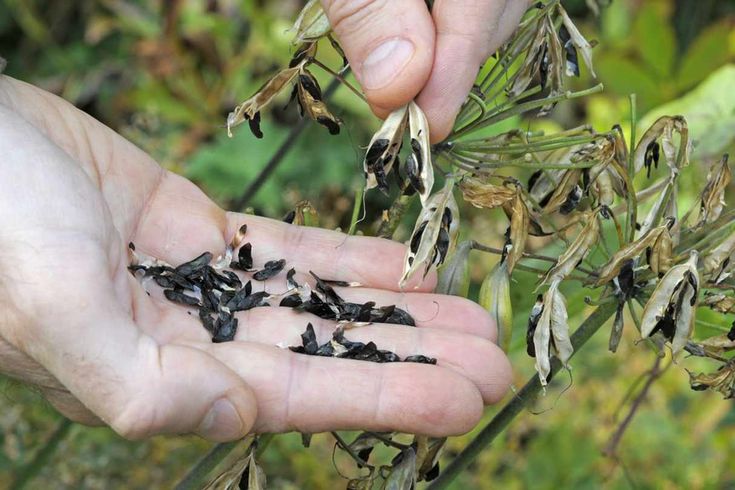
Image Source: Pinterest
- Place seeds on the surface (soil) and press hard into the soil.
Cover the seeds with a layer of horticultural grit. - Place in a suitable place (a shady or full sunlight spot) for germination and roots and shoots to form.
- Then, remove the seedlings and grow them in separate containers or pots.
Planting from Rhizomes
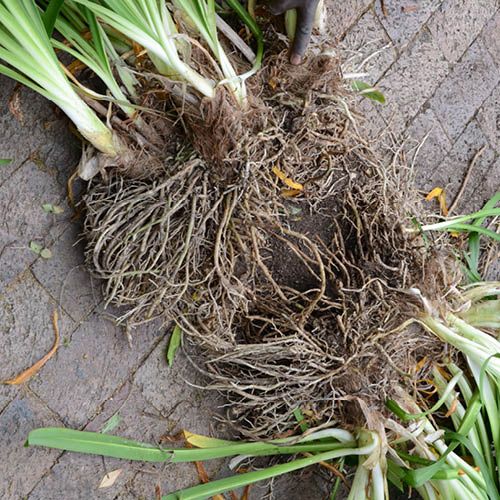
Image Source: Pinterest
- Plant the rhizomes in spring when the soil is warm or 50 degrees Fahrenheit.
- Dig 2 inches depth holes 12-18 inches apart and plant your rhizomes, giving them enough space to grow while helping each other stand upright.
- Add organic compost to the soil to enhance the soil nutrient since Agapanthus is a heavy feeder.
- Place the rhizomes with their pointed ends facing up. Cover the soil and water regularly.
- Place heavy mulch around the root zones to protect the plant from the colder areas.
Agapanthus Care
- Repot your Agapanthus when it’s mildly root-bound.
- Regularly water during planting season to record huge success.
- Remove faded blossoms allowing new ones to grow while preventing the plant from energy wastage on seed production.
- After the blooming season, keep the leaves to help the plant put its energy back into bulbs for the next blooming season (summer).
- When you notice yellowing on the leaves, withdraw water and remove the foliage when withered or dead.
- Whether your Agapanthus is in a container or on the ground, divide every 4 years or more – before the growing season or after flowering.
Overwintering
- Keep evergreen Agapanthus indoors and in a bright location between 55 to 60 degrees Fahrenheit. Water slightly in winter.
- Deciduous Agapanthus should be left to rest in winter. Remove the soil and allow them to dry for a few days. Alternatively, repot them to grow indoors during the winter season.
How Often Should Agapanthus Plant Be Fertilized?
- Agapanthus should be fertilized once or twice a year, typically in the spring and summer months when the plant is actively growing.
- A slow-release, balanced fertilizer with equal parts nitrogen, phosphorus, and potassium is recommended to promote healthy foliage and blooms.
- Avoid over-fertilizing, as this can lead to excessive foliage growth at the expense of flowers.
- Always follow the instructions on the fertilizer label and adjust the amount and frequency of fertilization based on the specific needs of your agapanthus plant and the soil conditions in your garden.
Are Agapanthus Good Cut Flowers
Agapanthus makes excellent cut flowers with their long, sturdy stems and striking, trumpet-shaped blooms. They can last up to two weeks in a vase and come in various colors, including shades of blue, purple, and white.
To use Agapanthus as cut flowers;
- Harvest them when the flowers are just beginning to open.
Cut the stems at an angle and place them in a vase filled with clean water and floral - preservative.
Change the water daily and trim the stems to prolong their vase life.
Does an Agapanthus Flower Come Back Every Year?
Yes, Agapanthus is a perennial plant, which means it returns yearly. While it may die back in the winter, the plant will regrow from its roots in the spring and produce new leaves and flowers.
Agapanthus is a hardy plant that can thrive in various conditions, from full sun to partial shade, and tolerate dry or humid climates.
How Long Does Agapanthus Last
Agapanthus is a long-lived perennial plant that can survive for many years with proper care and maintenance. However, individual flowers’ lifespan is relatively short, typically lasting only a few days to a week.
To ensure a continuous display of the blooms throughout the growing season, it’s important to deadhead spent flowers regularly and provide the plant with adequate water and nutrients. Agapanthus can give your garden years of beautiful blooms and lush foliage with proper care.
Varieties of Agapanthus Flower
Below are just a few of the many beautiful agapanthus varieties available to add to your garden. Each variety has unique features and characteristics, so choose the one that best suits your needs and preferences.
#1 Blue Storm: A compact, evergreen variety with deep blue flowers and dark green foliage.
#2 Queen Anne: A tall, deciduous variety with large, sky-blue flowers and strappy green leaves.
#3 White Heaven: A stunning variety with pure white blooms and dark green foliage.
#4 Headbourne Hybrids: A group of deciduous hybrids with large, rounded flowerheads in shades of blue, white, and purple.
#5 Africanus: A classic variety with blue flowers and clumps of strappy green leaves.
#6 Peter Pan: A dwarf variety with clusters of deep blue flowers and compact foliage.
Uses and Health Benefits of Agapanthus:
The African variety of Agapanthus has several uses and many health benefits for traditional purposes.
- Used as a phytomedicine in herbal solutions to treat pregnancy-related sicknesses and to assist labor contractions.
- It’s dense with herbal nutrients to treat heart disease, chest pains, cough, cold, paralysis, etc.
- Xhosa women use agapanthus roots to make antenatal medicine.
- The roots are also worn as a charm to promote healthy and strong babies.
Conclusion
Agapanthus is a stunning and versatile plant that can bring beauty and elegance to any garden or landscape. Its symbolic features, uses, and health benefits make Agapanthus a plant that is truly worth cultivating.
Planting Agapanthus can transform your garden into a breathtaking sight, inspiring you to enhance your outdoor space further and revel in the beauty of your new blooms.
Explore the wealth of informative blogs available on Guy About Home today to discover more tips and insights on home improvement and gardening!


